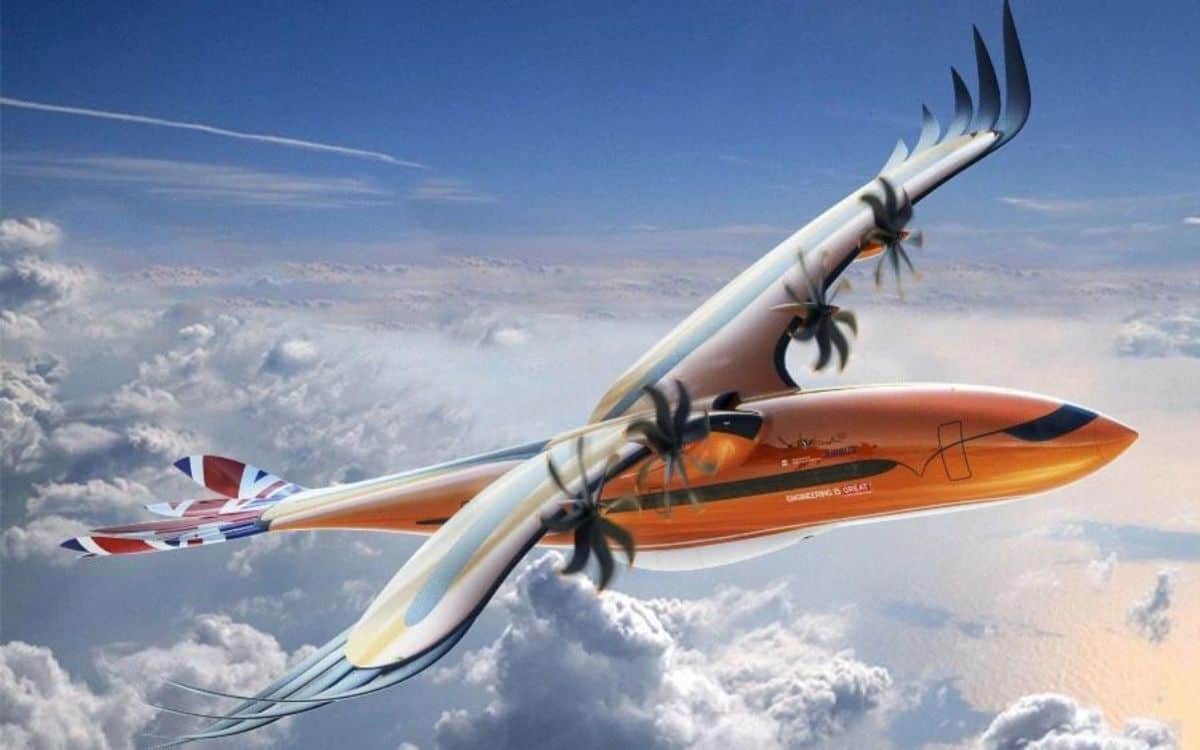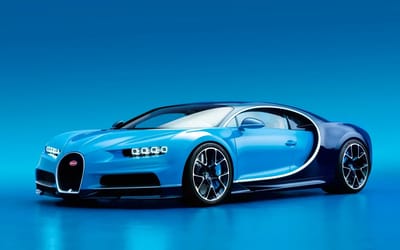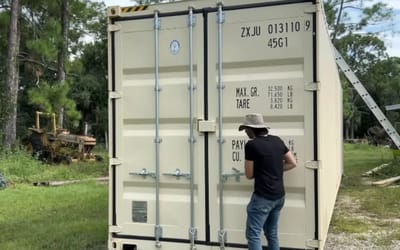This Bird of Prey concept has wings, a tail and individually controlled feathers
Published on Jul 20, 2022 at 1:15 PM (UTC+4)
by Kate Bain
Last updated on Aug 12, 2022 at 3:42 PM (UTC+4)
Edited by
Kate Bain
This bird-plane hybrid is one of the weirdest and most incredible concepts ever created.
Called the Bird of Prey, the Airbus design is inspired by the mechanics of a bird.
It has actual wing and tail structures that mimic an eagle and even has individually controlled feathers.
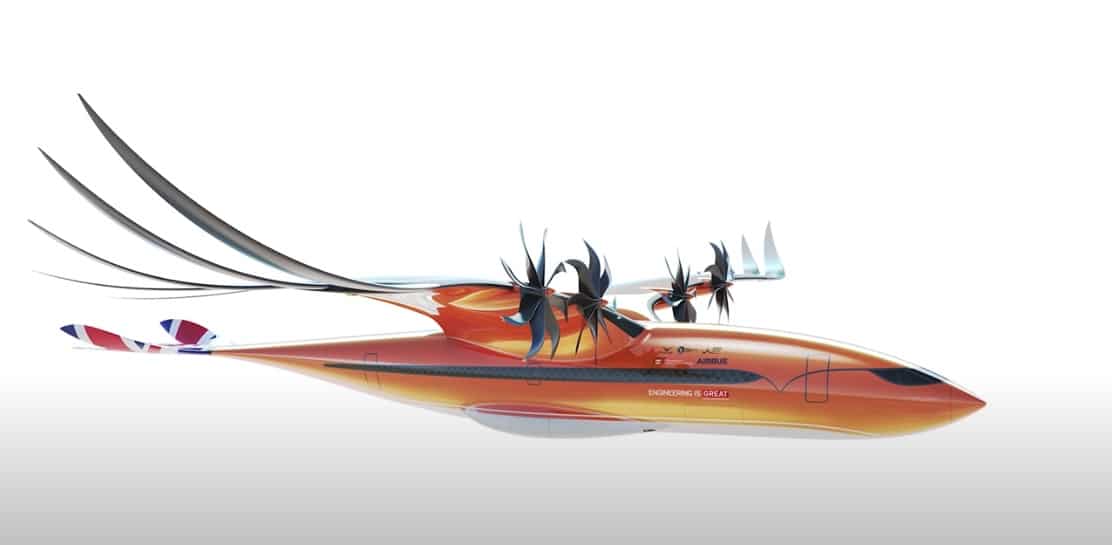
READ MORE! Inside the asymmetrical glass-floor car from the future
Airbus senior manager Martin Aston says it was designed this way because “nature has some of the best lessons we can learn”.
With a wing-to-fuselage joint, Airbus says the plane is able to mimic the graceful and aerodynamic arch of an eagle or falcon.
CHECK THIS OUT!
Taking to Instagram to introduce the incredible concept, Airbus describes the fierce design as the future of tech.
“You’d be forgiven for thinking that the Bird of Prey is the latest comic book invention,” it said.
The European aerospace company says the design is a hybrid-electric, turbo-propeller aircraft.
Airbus also designed it with a propulsion system to reduce fuel burn by up to 50 percent.
“One of the priorities for the entire industry is how to make aviation more sustainable – making flying cleaner, greener and quieter than ever before,” Aston said.

Unfortunately, Airbus says it has no plans to actually produce the Bird of Prey.
Instead, it wants to inspire creativity in engineering.
“Our Bird of Prey is designed to be an inspiration to young people and create a ‘wow’ factor that will help them consider an exciting career in the crucially-important aerospace sector,” Aston said.
The Bird of Prey isn’t the only out-of-this-world concept Airbus has come out with.
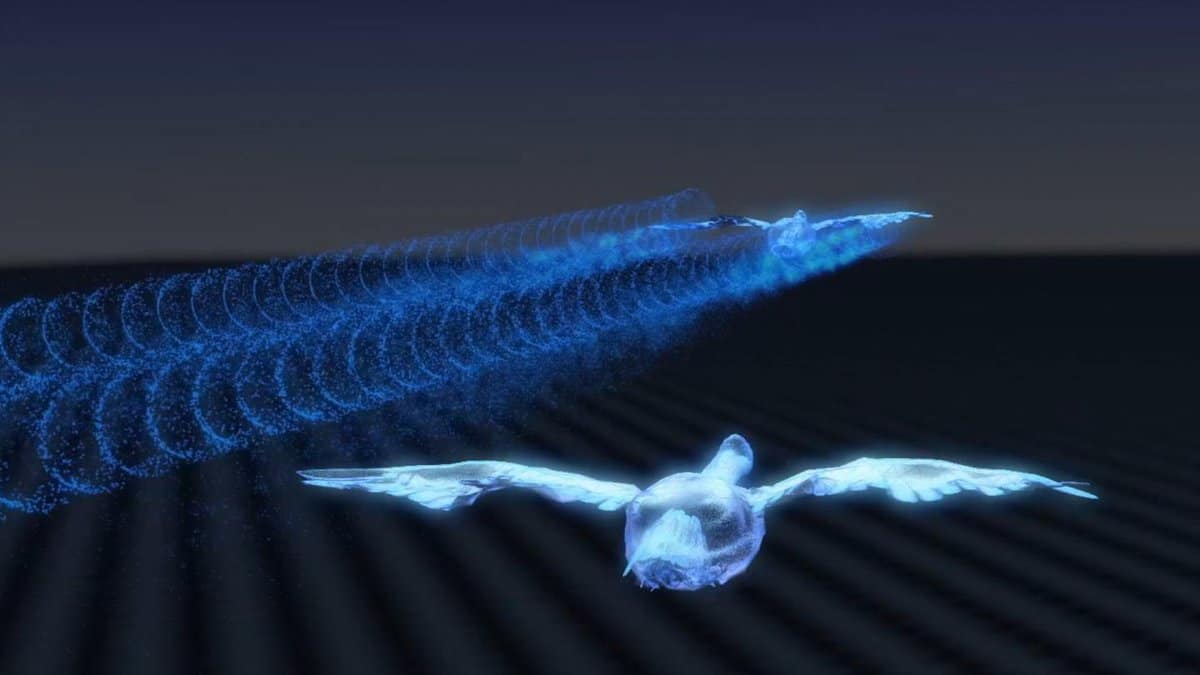
The company’s Fello’Fly concept also takes inspiration from nature, in particular the V-shaped flight pattern of migrating geese.
Airbus says Fello’Fly aims to demonstrate the viability of two aircraft flying close together during long-haul flights.
The technique is known as wake energy retrieval – or surfing the air upwash of a lead bird.
Airbus says the upwash can enable a follower aircraft to benefit from “free lift”, resulting in less engine thrust and as a result, reduced fuel consumption.
DISCOVER SBX CARS: The global premium car auction platform powered by Supercar Blondie
Kate Bain is Lead Editor at supercarblondie.com. She is based in Dubai and coordinates coverage of the latest news across automotive, technology, and lifestyle. Kate has a bachelor's degree in business and post graduate in journalism. She is an experienced editor and journalist who has worked for News Corp, Daily Mail Australia, and Sky News. When she's not at work, you'll find her at the beach with her young family.
